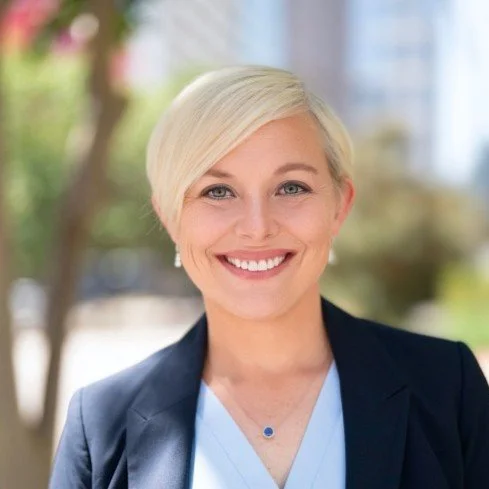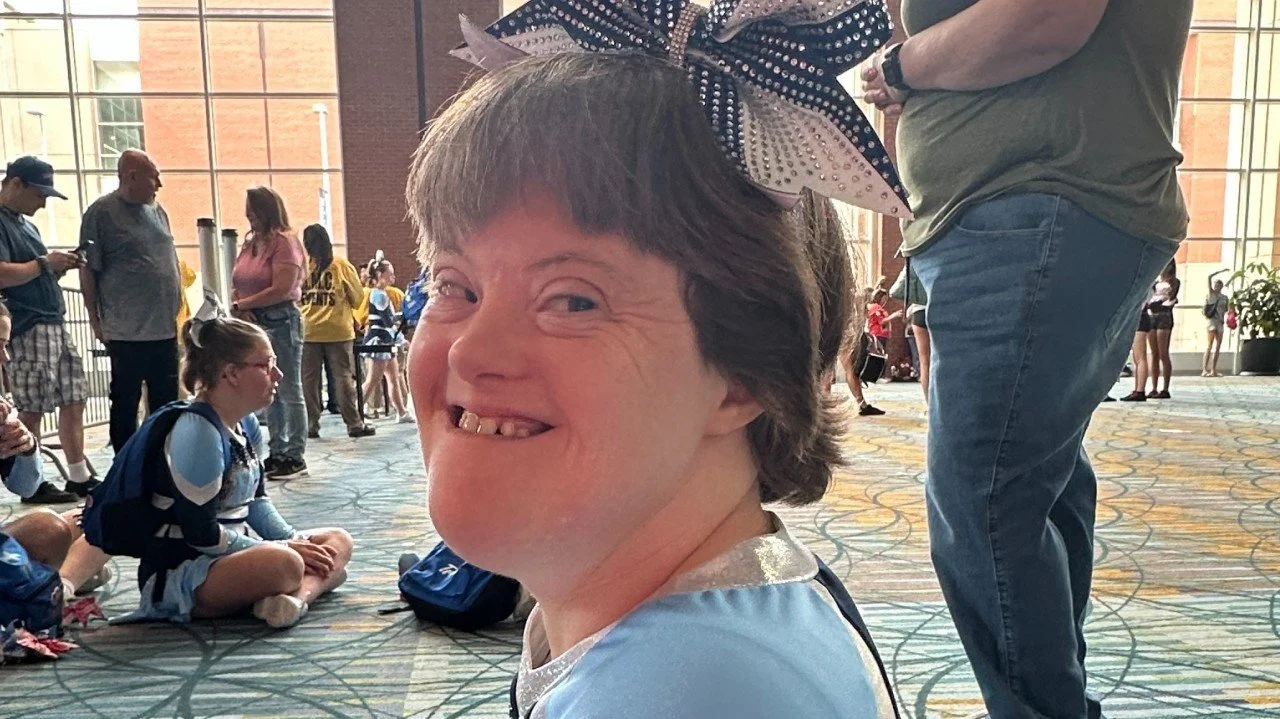Blog
Filter blogs by:
- Acquisition & Retention 8
- Board Management 8
- Community 16
- Copywriting 8
- Fundraising General 9
- Fundraising Social 8
- Fundraising Social Media 9
- Org Alignment/Strategic Planning 18
- Press/News 15
- Psychology 18
- Recognition 8
- Social Fundraising 3
- Speaking Engagement Topics 14
- Strategy and Innovation 13
- Volunteers 9
How It Gets Better Built a Movement That Endures — and What Nonprofits Can Learn
I sat down with Executive Director Brian Wenke to talk about the organization’s evolution, the shifting digital landscape, and the real risks they face as a mission-driven nonprofit in a volatile world. What emerged are lessons that apply far beyond the LGBTQ+ space.
Living in Two Realities: What Nonprofits Need to Know
Nonprofits are heading into a period of open hostility from political leaders. The threats aren’t hypothetical anymore, there’s talk of audits, attacks on tax-exempt status, even framing liberal nonprofits as enemies of the state. If you lead or support a mission-driven organization, you’re not imagining it: the sector is under siege.
And yet, you still have programs to run, donors to inspire, and futures to build. That’s the paradox. You have to prepare for the storm while still keeping people believing in the driveway at the end of it.
Fractional Executives - Not a Flaw
Fractional is not a flaw. It’s a fit. Used well, it can move your mission faster than the old model ever could. And we need better answers now.
Policy differences, or culling the herd?
Fewer of us, selected for perfection, resistance to disease, and alignment with their policies are cheaper and easier to manage. The people at the top have decided that some people should not make it.
The Hidden Psychology of Social Media
Social media rewards our worst impulses. Not accuracy, not empathy, not nuance — but outrage, exaggeration, and division. The more extreme the reaction, the more the system thrives. What good can come of it for social good?
The Slow Creep: The Psychology Behind Our Slide Toward Authoritarianism
This isn’t an article about extremists. It’s about people like us, scrolling through LinkedIn on our phones. People who believe in democratic values. Who care about justice. Who feel the unease but don’t always know what to do with it.
Getting Volunteers to Ask for Donations
Nonprofits that depend on volunteer fundraisers have to overcome a big hurdle: people hate to ask others for money.
But it’s not just money. People hate to ask for anything. A favor. A ride. Help moving. Even a seat on the bus. There’s a deep discomfort in being the one who asks.
Fear of AI–What It Says About Us
What if the biggest fundraising opportunity of the next decade is the very thing most people are afraid of?
In the media, AI is almost always cast as the villain. The job stealer, the bias machine, the privacy threat. But in the nonprofit sector, where every hour saved can be an hour spent with a donor, the question isn’t “Should we be afraid?”
The Problem with Using Wealth Screens to Qualify Donors
Wealth isn’t the same as generosity. And even more important, it’s not the same as feeling wealthy. The problem with wealth screens is psychological. They tell you who has money, but not who feels like they have money to spare.
Why the Rich Don’t Feel Your Nonprofit’s Mission
Here’s a hard truth every fundraiser needs to face: as everyday donors quietly disappear, nonprofits are relying more and more on the wealthy to keep the lights on.
But here’s the catch—those with the most capacity to give are often the least emotionally connected to your mission.
Why So Many Jews Support the Israeli Government Without Question
…it was “ingroup/outgroup psychology” at work. For many Jews, Israel isn’t simply a nation-state; it’s the embodiment of collective survival after centuries of persecution. That identity is sacred…research shows the more central your group identity is to your sense of self, the more critical you become of the outgroup — and the more likely you are to interpret criticism of your group as an attack on you personally.
What Do You Say to Someone Who Still Supports Trump?
How do so many working- and middle-class Americans continue to support someone who has—by nearly every policy metric—failed to deliver real material gains for them? He offers identity. Belonging. Protection from cultural shame. A kind of emotional refuge for people who feel that the country has left them behind. Or worse, turned against them.
The High Cost of Feeling Superior
When Trump descended that gold-plated escalator in 2015, he wasn’t offering poor white Americans healthcare, housing, or schools. Not really. He was offering something else: affirmation. He was saying, “You are under attack. I see you. I will fight for you.” Not by giving you something, but by taking something away from someone else.
Why DIY won't save P2P fundraising
Back then, you offered a walk, a ride, a run. People showed up. It worked. I mean, it worked. A Leukemia & Lymphoma Society Team in Training originator once told me she could scribble a phone number to register on a fast-food napkin, wipe her mouth with it, toss it on the floor—and still get six sign-ups. That's how hungry people were to show up.
Then along came Choice. That harlot.
When Advocacy Isn’t Enough: Courtney Bugler on Leading with Courage and Going Big
I asked Courtney Bugler, CEO Zero Prostate Cancer, to join me on the Seeding Social Good podcast to explore a loaded question: How does advocacy need to change in 2025?
Her answer: Stop thinking small. Stop leading from fear. And start making noise.
DEI Dies at the Farm
All that different treatment hits hard at puberty. Before that, kids were kids mostly. Having experienced life as one of the pack, I could not understand when the different treatment started happening to me. There were clues, like the church librarian every Sunday pushing the book “White Gloves and Tea” on me when clearly, “The Black Stallion” and “Misty of Chincoteague” were sitting right there on the shelf. I’m sure my confusion was on my face as I scratched my butt in front of her.
Let’s Talk About “-Tard”
This is dehumanization—not of the political opponent or troll—but of people like my daughter. “-Tard” is hate aimed in two directions but only lands on one: vulnerable people with intellectual disabilities.
Natural Order or Social Engineering? The Psychology of Systemic Inequality
Do we believe that all people are created equal? If we do, we must believe systemic bias exists—because without it, disparities make no sense.
Can We Be Profiles in Courage?
Dr. Otis Fulton: “We like to believe our values shape our actions, but in reality, it’s the situation that usually wins. The only way to flip that script is to act—deliberately, vocally, and collectively—when silence would be easier. That’s how we re-center integrity in our work, and in ourselves.”
Is peer-to-peer fundraising finally dead?
Yes, the best practices still work. They work because they tap into basic human psychological needs: autonomy, competence, and connectedness. But community now forms and is sustained differently. Communication tools have evolved, and personal values are expressed in new ways. What’s uncertain is whether we peer-to-peer fundraising professionals will adapt to these changes.




















